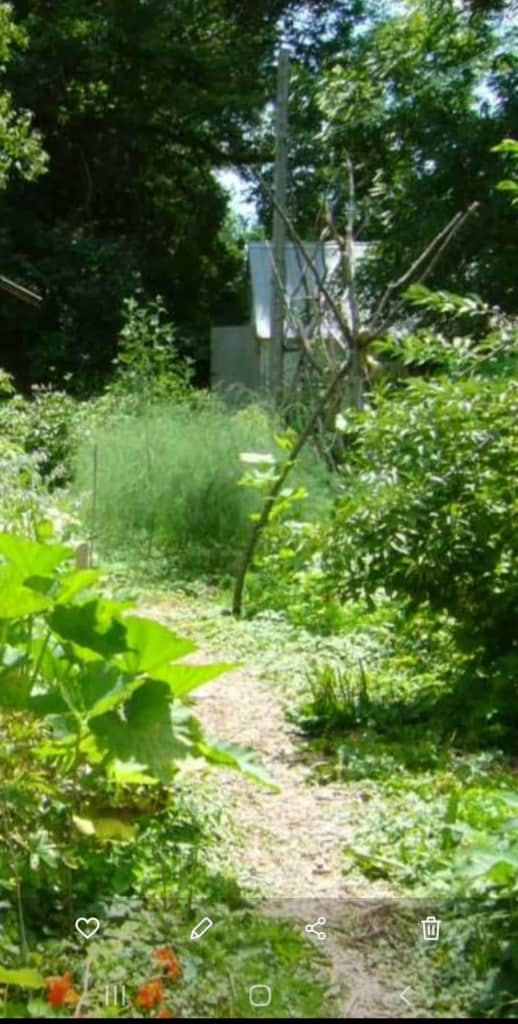Permaculture is nature’s way of growing food
Consider permaculture for personal food sustainability
What is this permaculture thing that is gaining so much airtime? With COVID-19 and discussions about disruptions in our food chains, people have been talking about growing their own food. This is not always an easy proposition for us in an urban context, but I have friends who have embraced permaculture for years.
In an article that Rob Sproule, co-owner of Salisbury Greenhouse wrote, he described the term simply as “permanent agriculture.” A key difference between permaculture and modern agriculture is that most current systems impose artificial techniques on nature. Permaculture, however, focuses on using nature’s way of growing food that adds to the sustainability of the broader ecosystem, including animals, bugs, and the soil itself.
From a rather obscure start in 1978 in Australia, Bill Mollison and David Holmgren predicated the process based on the fact that the earth has been operating well on its own for millions of years. By focusing on ecological processes, permaculture has grown in just four decades into a vibrant worldwide movement. Approximately 20 years ago, the first permaculture courses were offered in Canada in British Columbia, having migrated up from California and the Pacific Northwest of the United States.

Permaculture’s philosophy is to practice “thoughtful observation over thoughtless action” and allow nature to be your guide. While today’s agri-industry focuses on single crops or livestock (monoculture), permaculture embraces polyculture, or growing numerous plants together. Polyculture reduces the incidence of pests and diseases while preserving biodiversity. The Edmonton Permaculture Guild provides a short and concise mantra: “Food Not Lawns”.
So, what can we do in our own backyards? Let’s look at how most gardening is currently done. Much of the work we do in our gardens, from planting non-local grasses, mowing, applying pesticides, weeding, and pruning, is, as Sproule says, “to keep nature’s natural processes at bay”. And, if we did stop doing all these actions, then our yards would quickly become a self-sustaining system and would not require fertilizers or pest control.
Permaculture focuses on practicality and creativity. To practice it, we need to understand how nature manages itself and then mimic it.
Sproule advises: “Wherever you see a system in a garden that utilizes nature’s own processes, you’re seeing permaculture at work. It could be as simple as a rain barrel to catch roof water, which utilizes rain instead of having to use treated, pumped-in water.” Or it could be a compost pile, turning plant waste into soil as a forest does while cutting back on packaged soils.

Here are some design principles from Sproule:
Garden design is pivotal. Spend time looking at your area and understanding the soil, sun access, water, and climate.
Don’t dig the soil (it upsets soil-borne bacteria), and step on it as little as possible.
Colonize soil with the plants you want or you’ll be vulnerable to weeds.
Designing your yard in layers will model your garden after that most successful natural model: the forest. Trees for the canopy (often fruit or trees that provide food for larger animals, like mountain ash), shrubs below (edible or native varieties are best), with herbaceous plants like perennials spread among them.
Incorporate pollinator-attracting perennials. Ground cover plants interspersed with root veggies comprise the ground layer so all soil is covered.
Permaculture embraces succession planting. Take your time.
If you live in an apartment or space without your own garden plot, balcony gardens are an option. Permaculture can range in scale from a balcony to a large acreage. We are also blessed to have a number of community gardens in the RCP area.
For more information, trained people and courses are available in Edmonton. Standard permaculture training is the 72-hour Permaculture Design Certificate program. If you want more information from local experts, look online for permaculture at Salisbury Greenhouse, theurbanfarmer.ca, Edmonton Permaculture, and Jasper Place Permaculture.When I started writing for the RCP in 2019, I wanted to write articles about sustainability in our backyards and community. It has been a pleasure researching, talking to neighbours, and discovering what is pertinent. This will be my last article for a while, so I wish you all well.
Featured Image: Utilizing permaculture can take some research, but it’s well worth it. | Gillian Kerr







